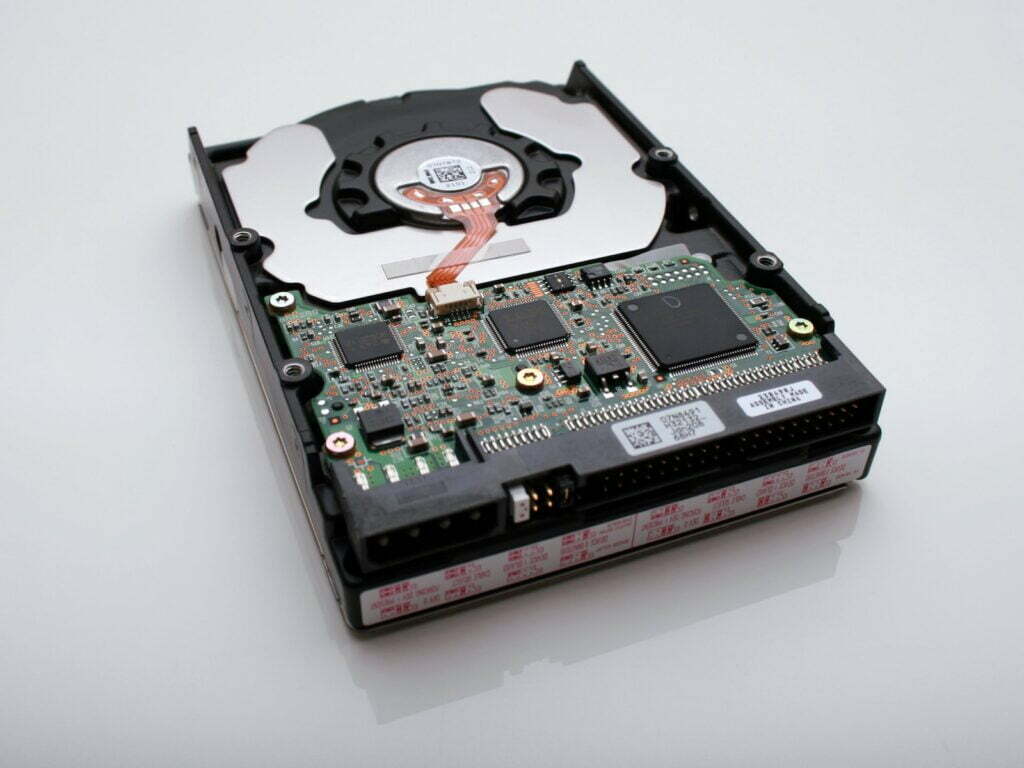
SATA (Serial Advanced Technology Attachment) and NVMe (Non-Volatile Memory Express) are two interfaces used for connecting storage devices such as SSDs to a computer. Both interfaces have their own advantages and are suitable for different purposes.
How does SATA work?
- Compatibility: SATA is compatible with most computers and motherboards, making it a more accessible option for many users.
- Availability: SATA devices are widely available and come in a variety of sizes and storage capacities.
- Cost: SATA devices are generally less expensive than NVMe devices, making them a more affordable option for those on a budget.
SATA is a good choice for users who require moderate storage capacity and want a more affordable option. SATA devices are also a good choice for users who want to upgrade their existing computer’s storage without spending too much money.
How does NVMe work?
NVMe is a newer and faster interface that was developed specifically for SSDs. It is designed to take advantage of the high speeds and low latency of SSDs. NVMe uses a more efficient protocol than AHCI, which allows for faster data transfer speeds. NVMe devices can achieve speeds of up to 32 Gbps, which is significantly faster than SATA. NVMe devices also use a different physical interface, with smaller connectors and more lanes than SATA, allowing for even faster transfer rates.
Advantages of NVMe:
- Speed: NVMe devices are significantly faster than SATA devices, with much higher read and write speeds. This makes them ideal for applications that require fast data transfer, such as gaming, video editing, and content creation.
- Latency: NVMe devices have much lower latency than SATA devices, which means that they can access and transfer data much more quickly.
- Power efficiency: NVMe devices consume less power than SATA devices, making them a good choice for mobile devices and laptops.
NVMe is a good choice for users who require high-speed data transfer and need to process large amounts of data quickly. NVMe devices are also ideal for users who require low-latency storage and fast boot times. NVMe is best suited for high-end gaming, video editing, and other demanding applications.
In conclusion, SATA and NVMe are two different interfaces that offer different advantages depending on the needs of the user. SATA is a more affordable and widely available option, while NVMe is faster, more efficient, and ideal for demanding applications. When choosing between the two, consider your budget, storage needs, and performance requirements to make the best choice for your needs.










































